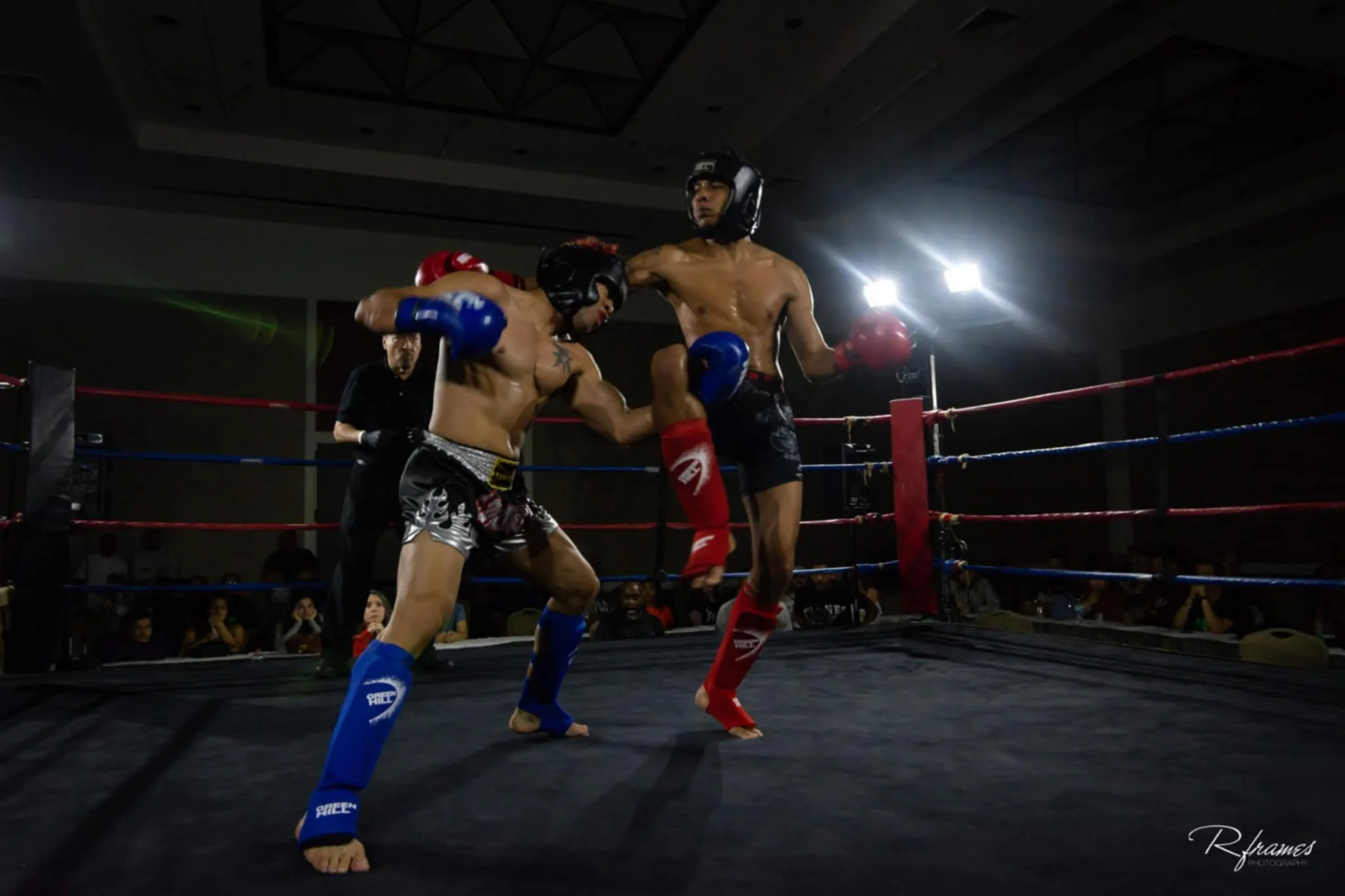Sports Background
Chiness Kick Boxing
Kickboxing Style by Style:
Kickboxing is not just one uniform discipline; it’s a dynamic blend of striking arts, each style bringing unique techniques, strategies, and philosophies to the ring. Whether you’re a fighter, trainer, or enthusiast, understanding the distinctions between kickboxing styles is crucial for mastering the sport or simply appreciating its depth. Let’s break down the dominant kickboxing styles and what sets each apart.
Sanda, also known as Chinese kickboxing or Chinese boxing, is a dynamic and aggressive combat sport that blends traditional Kung Fu techniques with modern boxing and wrestling. Originating from the Chinese military, Sanda emphasizes practical self-defense skills, combining striking with punches, kicks, elbows, and knees, alongside throws and takedowns.
What sets Sanda apart is its focus on both stand-up striking and grappling, making it a versatile and effective combat style. Competitors wear protective gear and aim to outscore or knock out their opponents through a mix of fluid attacks, hard-hitting strikes, and tactical maneuvers.
Sanda is not just a competitive sport; it’s a complete battlefield system demanding speed, power, and strategy. For anyone serious about martial arts, Sanda offers a bold, brutal, and thrilling path to mastering striking and close-quarters combat.Sanda, also called Sanshou, is a full-contact Chinese martial art that mixes striking, wrestling, and takedowns for real fights and competitions.
Key Points of Sanda:
Powerful Strikes: Uses punches, kicks
American Kickboxing
American Kickboxing emerged primarily in the late 1970s and 80s, blending karate and boxing techniques. It emphasizes:
Targets: Above the waist only—no leg kicks.
Strikes: Powerful punches, jabs, crosses, hooks, and kicks aimed at the torso and head.
Stance: An upright boxing stance.
Strategy: Quick combos with reliance on boxing footwork and hand speed.
Competitions: Typically fought in a boxing ring with a point system favoring clean, effective strikes.
This style is straightforward and aggressive, ideal for fighters who excel in combining solid boxing fundamentals with fast, high kicks.Muay Thai (Thai Boxing)
Known as the "Art of Eight Limbs," Muay Thai is possibly the most brutal and complete striking art within kickboxing.
Targets: Full body; head, torso, legs, and even clinch strikes.
Strikes: Incorporates punches, elbows, knees, and kicks.
Clinching: Heavy emphasis on clinch fighting and off-balancing opponents.
Stance: More squared with weight balanced for quick knee and elbow delivery.
Strategy: Utilizes relentless pressure, timing, and power.
Culture: Deeply rooted in Thai tradition with rituals, music, and respect.
Muay Thai’s inclusion of elbows and knees makes it lethal in close quarters, offering a much different dynamic compared to Western kickboxing.
Dutch Kickboxing
Dutch Kickboxing is a powerhouse mix of Western boxing and Muay Thai but tailored for aggressive range management and combination striking.
Targets: Full body, including leg kicks.
Strikes: Fast, punches combined with precise leg kicks and knees.
Stance: More boxing-oriented, but lower to handle leg attacks.
Strategy: Focused on heavy volume striking and counterattacking.
Training: Heavy pad work and sparring culture to build endurance and toughness.
Dutch style is credited for producing many modern champions, with an emphasis on brutal combinations and seamless transitions between punches, kicks, and knees.
Japanese Kickboxing
A blend of karate, Muay Thai, and boxing, Japanese kickboxing is known for its technical proficiency.
Targets: Full body target zones.
Strikes: Punches, kicks, and knees similar to Muay Thai but fewer clinch exchanges.
Stance: Mix of karate’s footwork and traditional boxing.
Strategy: Balanced, focusing on technical accuracy and ring control.
Rules: Often more restrictive on the clinch and elbow strikes.
Japanese Kickboxing prizes speed, timing, and clean execution—perfect for fighters who thrive on technique over sheer power.
French Savate
Savate stands out with its unique footwork and elegant kicking techniques.
Targets: Above the waist, though leg kicks can appear in some rule sets.
Strikes: Utilizes precise hand strikes combined with high, snapping kicks.
Stance: Light on the feet with a dance-like footwork pattern.
Strategy: Uses distance control and speed.
Style: Often described as the “boxing with feet” due to its refined kicking style.
Savate is perfect for fighters who employ finesse and timing to outmaneuver their opponents with stylish but effective striking.
Conclusion
Kickboxing isn’t a one-size-fits-all. Each style delivers a different flavor: from the hard-hitting, clinch-heavy Muay Thai to the precise, measured approach of Japanese Kickboxing or the classic above-the-waist fury of American Kickboxing. Fighters can find their edge by studying these styles, mixing and matching techniques to build an arsenal that dominates in the ring. Know the styles, master your craft, and kickboxing becomes not just a sport, but a statement.
Contact us
Interested in working together? Fill out some info and we will be in touch shortly. We can’t wait to hear from you!


